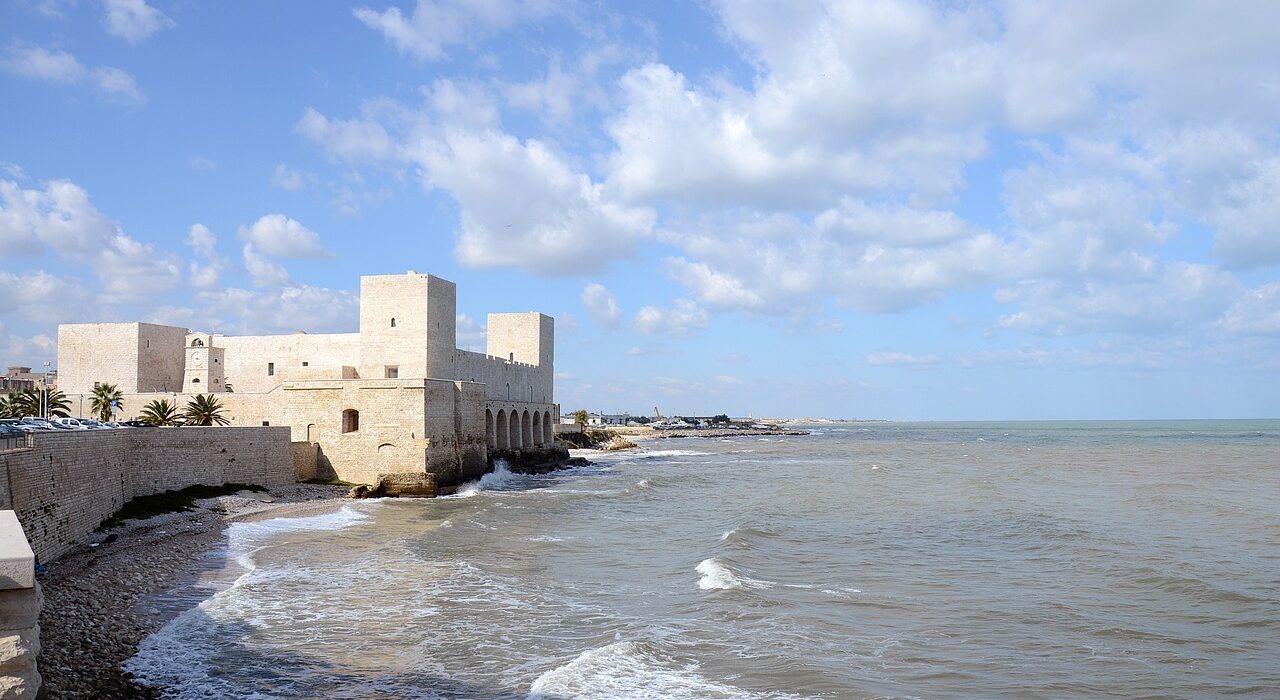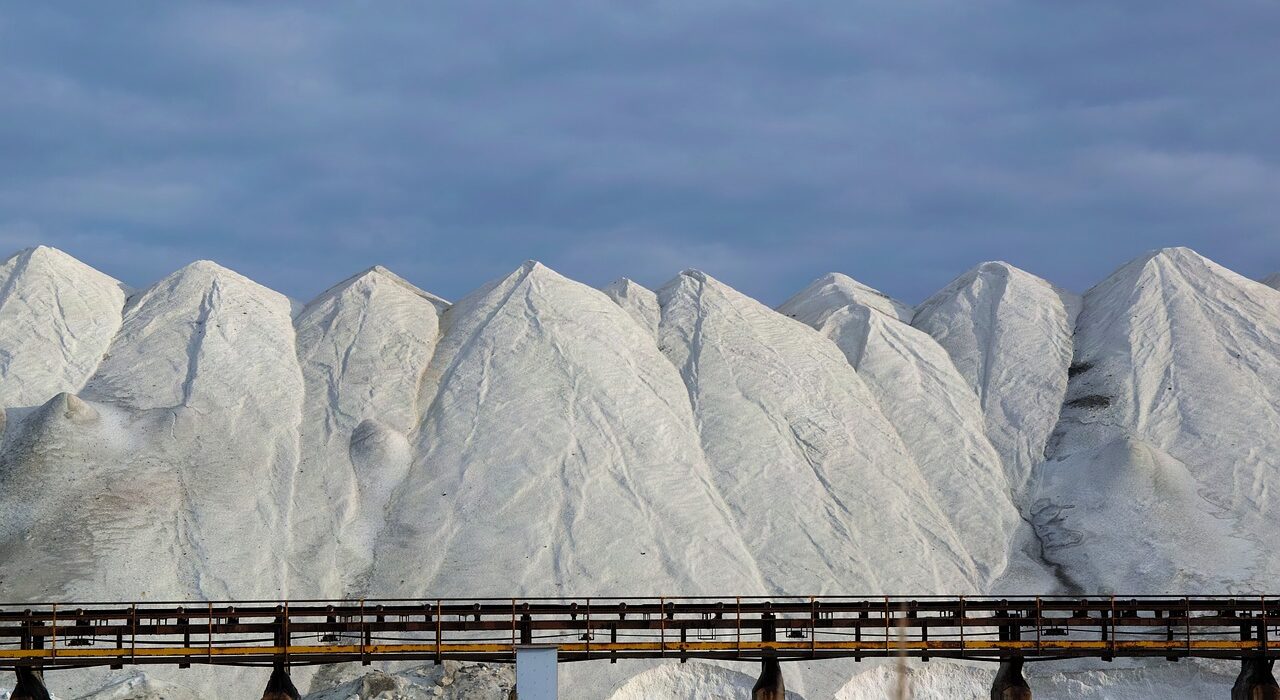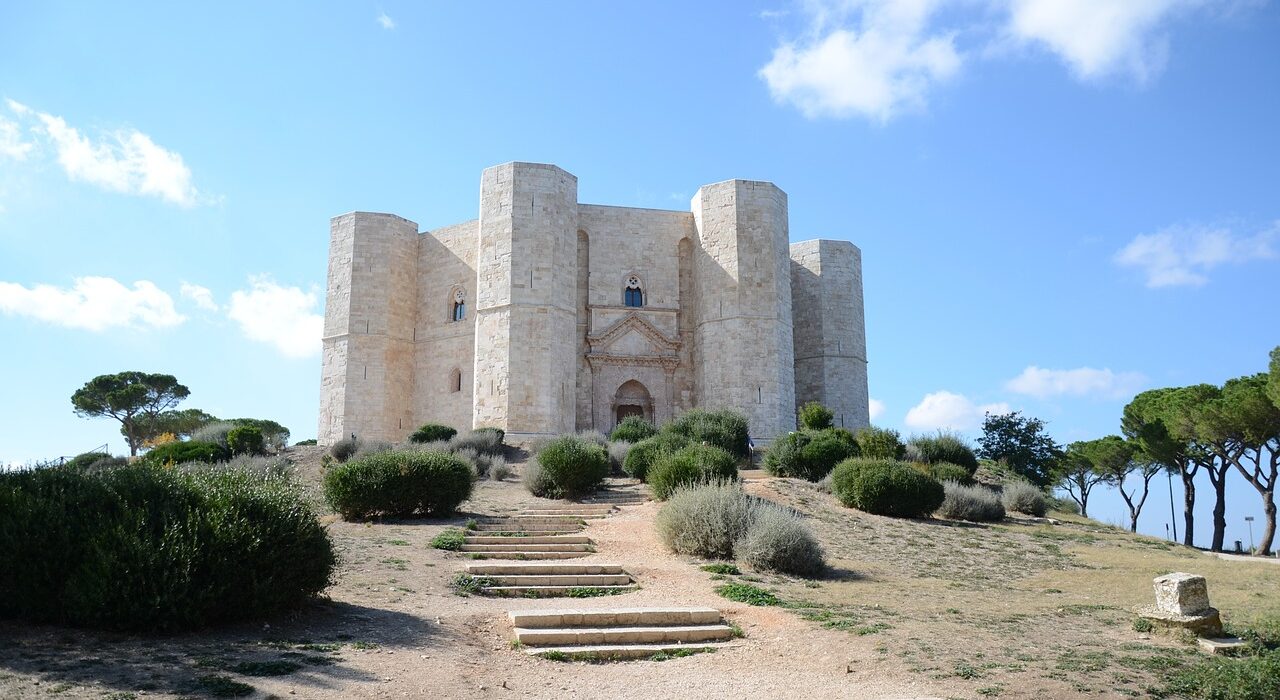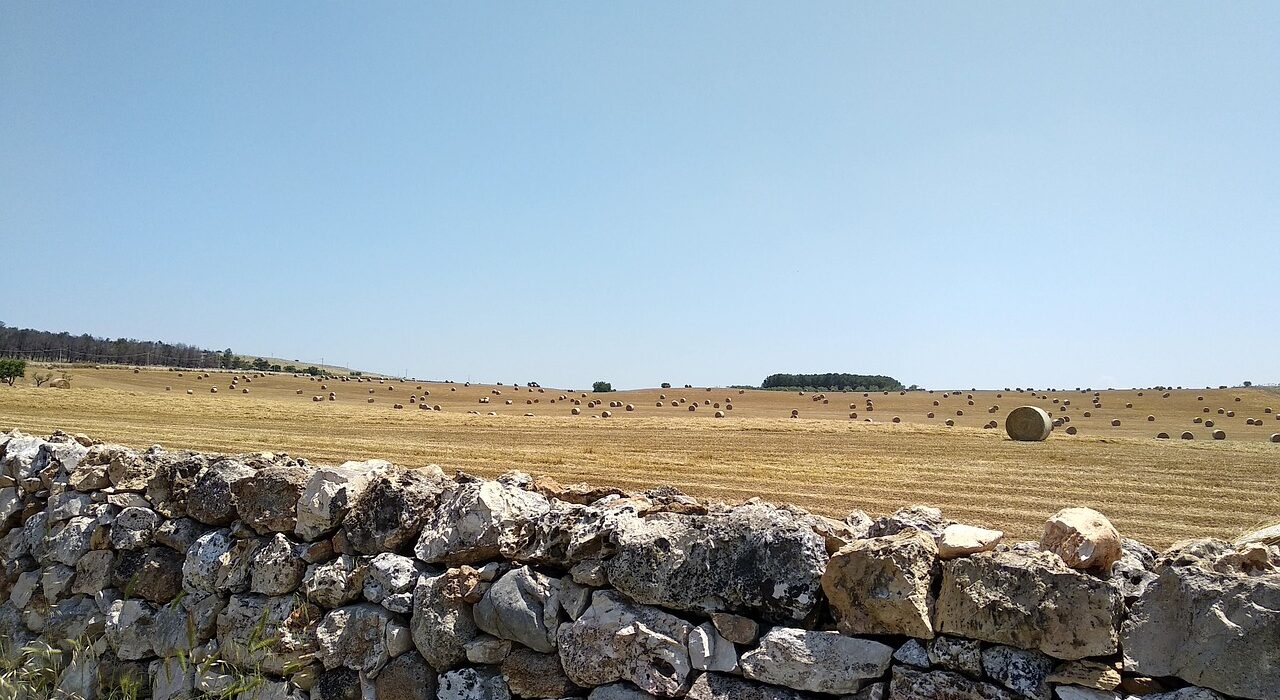The well-known settlement of Canne developed in the
Ofanto Valley and has very ancient origins. The area was populated as early as
the 5th-6th millennium B.C., as evidenced by some tools found in the area.
The Roman city arose between the 6th and 4th centuries
B.C. as a simple village, and it was here in 216 B.C. that the famous Battle of
Canne took place. This battle marked a crushing defeat for the Romans at the
hands of Hannibal’s army, which, although inferior in numbers, managed to
prevail.
The fascinating archaeological park offers visitors
numerous sights, such as the majestic city walls, the wonderful Antiquarium,
the museum where materials ranging from the Eneolithic age to the Middle Ages
are preserved, and from which, passing through an ancient gate, one can reach
the Cittadella, the place where remains from the early Christian, Roman and
medieval periods are preserved.





